Easy backyard landscaping ideas – 7 simple ways to reshape your plot
These fuss-free backyard landscaping ideas will help you kick start your garden transformation one project at a time
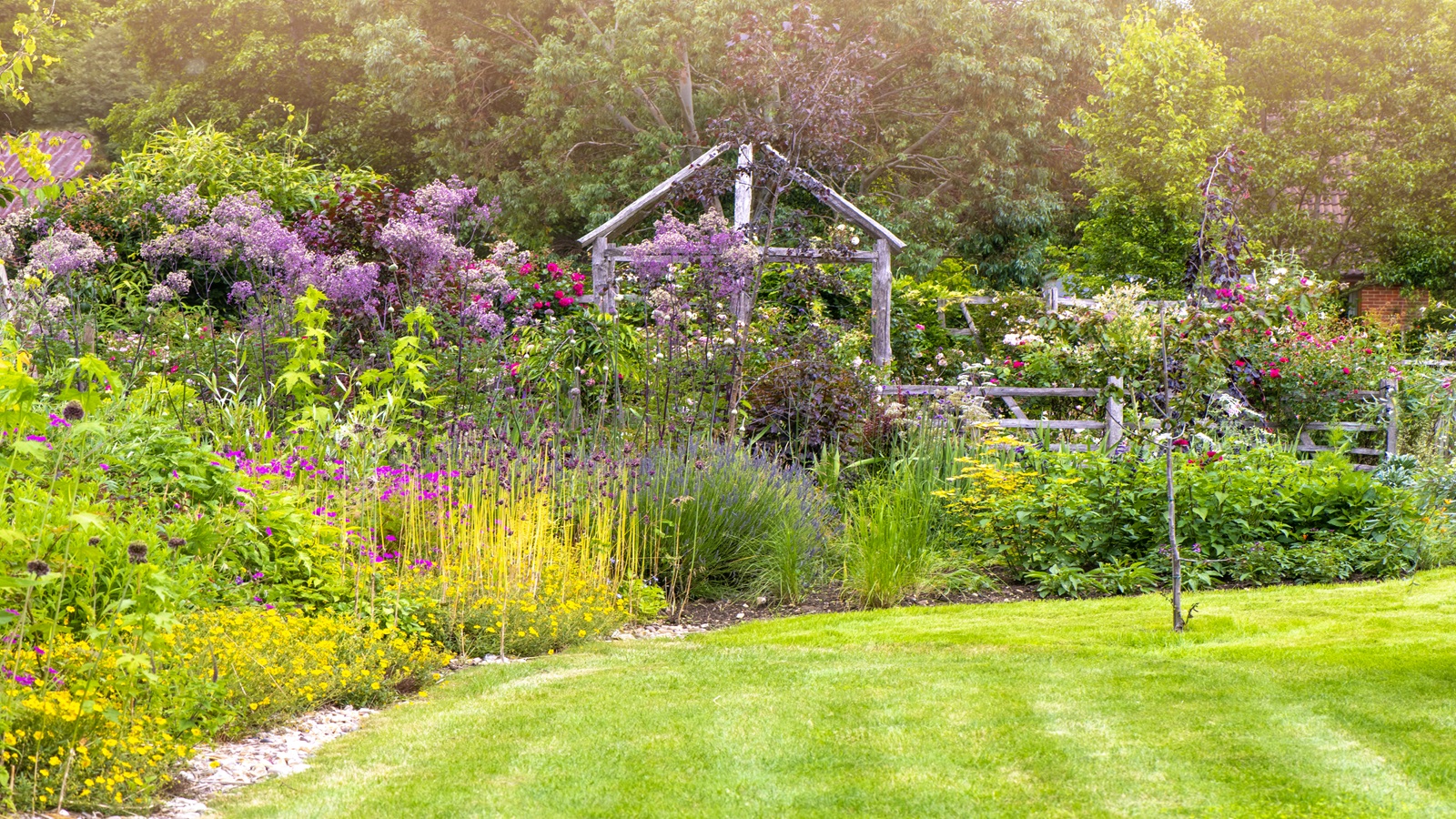

Easy backyard landscaping ideas have the power to transform your outside space and are a manageable way to embark on a full scale, backyard makeover.
From following simple border planting rules or disguising an ugly garden feature, to greening up a bare patch, these simple ideas that are tried and tested by professionals will give you the confidence to tackle more ambitious and challenging outdoor design plans and garden landscaping ideas.
The key is to start small. By identifying your yard’s most pressing design problem and tackling it head on with a simple solution, you can use the experience and skills gained to inform future garden projects. Here are seven expert ways to get started.
1. Re-sculpt an area with plant-filled containers
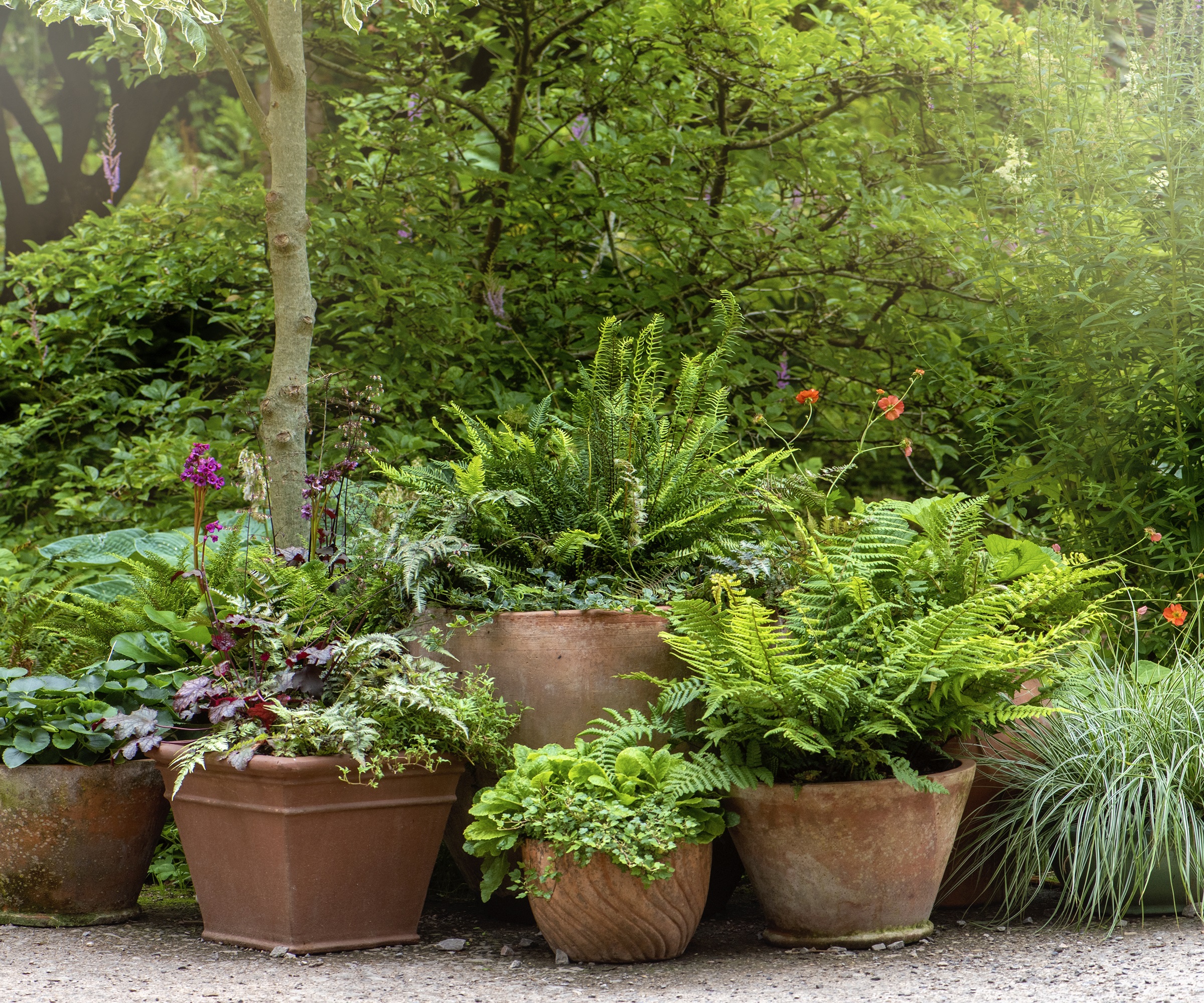
Want to bring a bare patch in your garden to life? Try filling it with a series of beautiful plant filled containers. An effective and fun way to introduce flowers and foliage with minimal digging, it’s a great way to try out different plant combinations, placements and layers of height without disturbing each plant’s delicate root system. For super stylish planting recipes check out the container garden trends for 2025.
Decide on the empty spot that needs greening up and take note of how much sun it receives daily and whether it is in a sheltered or exposed position. Plants will need to be chosen accordingly, although the beauty of container planting is that you can tweak the soil type, drainage and water retaining to your advantage.
Your chosen spot could be beneath a statement acer or multi-stemmed birch, for instance, in which case containers could include delicate spring bulbs – such as crocus, snowdrops and anemone blanda – topped with ruffle leaved heucheras, tiarellas, ferns and sedge. Want to fill an empty sun-baked corner of the patio? Then how about mixing some pot grown Mediterranean and silver leaved herbs such as rosemary, thyme, santolina, oleander and olive, that will thrive in the heat plus look and smell delicious.
Besides the fun of creating different leaf and bloom combinations, simply by moving the pots around, you can also sculpt the space by repositioning taller plants and containers. Subtly frame a view or existing feature by placing the tallest plant pot combos on either side and shorter ones in the centre. To soften an empty corner, place the tallest planter in the centre and gradually taper the heights down on each side, to form a rough triangle.
When amassing containers, opt for staggered shapes and heights but stick to one finish, or material, for some continuity. Mulching the surface of each pot with the same aggregate will also help visually tie the arrangement together. Not sure where to begin, then check out container gardening for beginners.
2. Concentrate on planting up one area
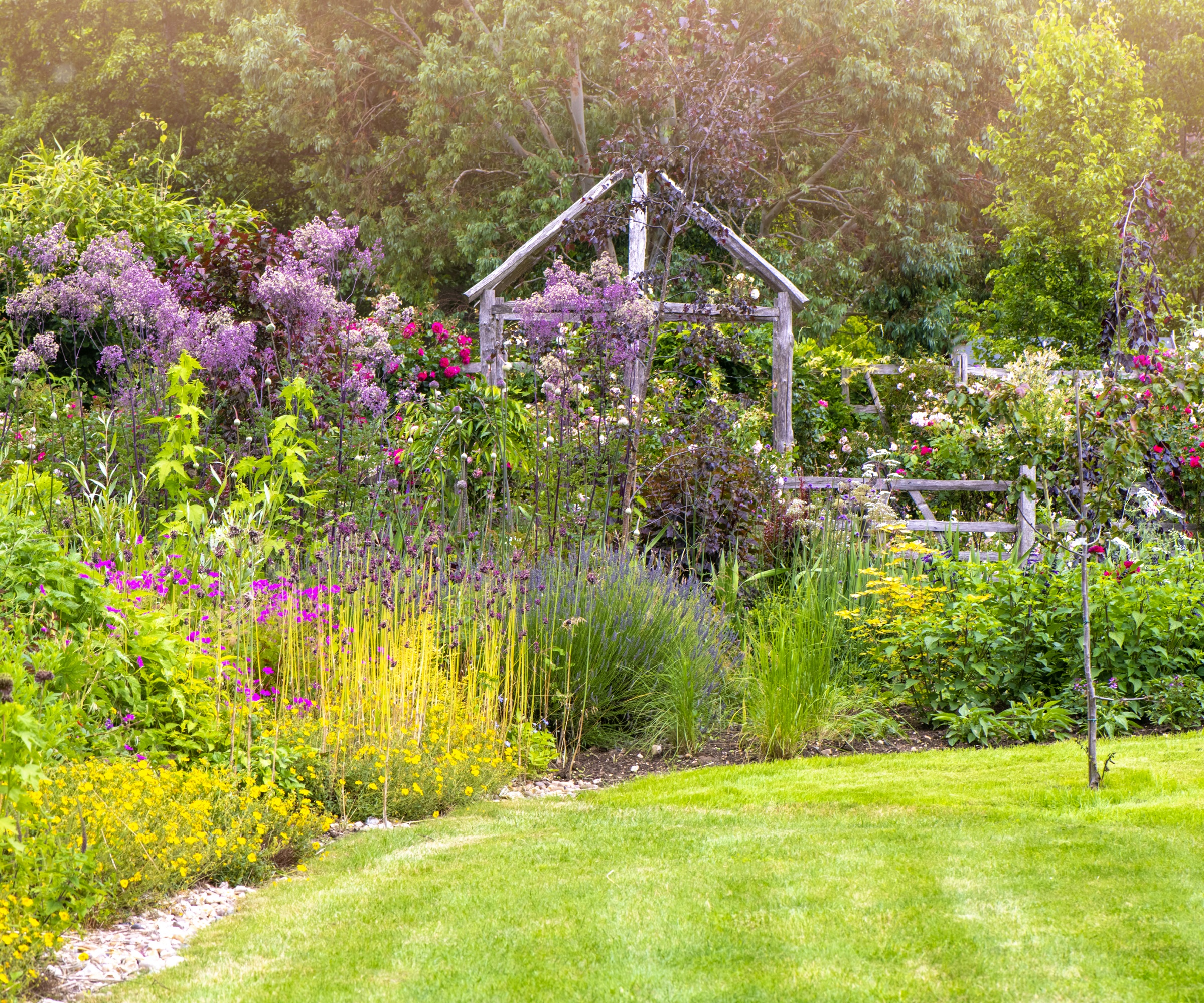
Ditch the expensive and haphazard approach of trying to plant up your entire yard in one go. Overwhelming and not to mention costly, it can lead to a scattergun results and chaotic mix of plants that simply don’t belong together. Instead adopt a more measured – and fun – method by concentrating on just one key area. It could be the border you constantly see from the living room, the raised bed that surrounds the dining terrace or the area just outside the kitchen door.
Whichever you decide upon, take time to decide which perennials and shrubs are to stay and which can go. This will give you a clearer idea of the size and shape of the space that needs filling and the quantity of plants required. Think carefully about the final result you wish to achieve. Are you after plants that will attract butterflies and pollinators or is an invigorating mix of foliage more important for year round interest.
Master gardener Megan Foster talks us through this approach. 'Curate planting that draws you and your guests out into the backyard by using plants to define a walkway to an area of interest like a lawn where you play games, a firepit.
'Choose at least three heights of plants: short, medium and a little taller, and repeat each plant along the edge of the path to delineate the way. Short plants go closest to the path and can include a very short groundcover that will creep over the edge and inhibit the lawn grass from taking over your new planting without mulch over time.
'Medium plants can create a nice volume – look for long bloom times or cool foliage and plant forms in a color palette that speaks to your garden style. Plant fewer of these behind the short plants. Then finish it off with an odd number of your taller plants, evenly spaced to create that nice visual rhythm that says walk this way.'
3. Show off a statement tree
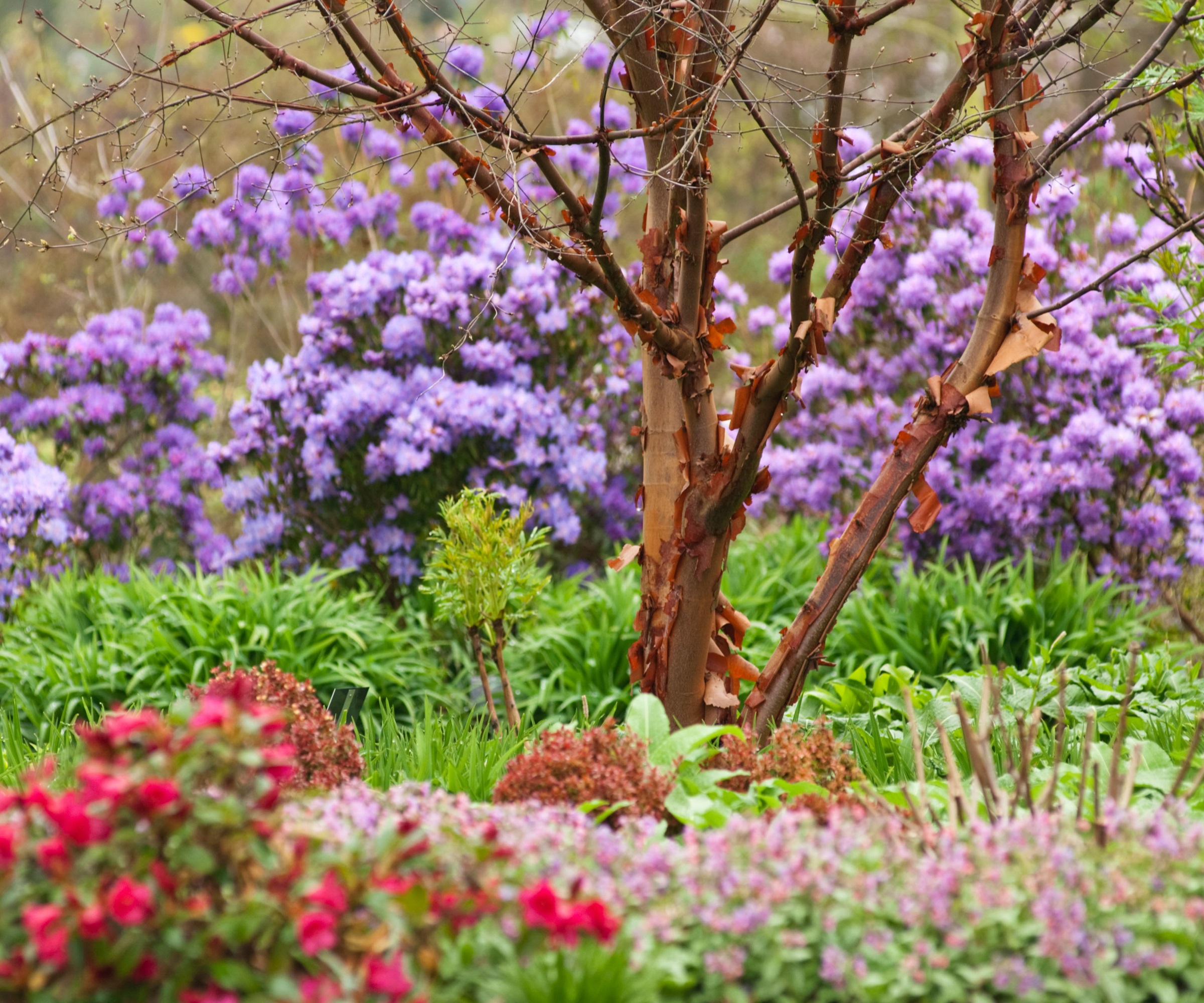
Adding a dramatic tree to your yard will instantly draw attention. Guiding the eye upwards, it’s a neat design trick for making the space more interesting, and if you choose wisely, you can bring color, seasonal interest and wildlife into your garden.
While there are plenty of stand out garden trees to choose from – including the year-round beauty that is Amelanchier lamarckii, the Paperbark maple with its curling cinnamon colored covering, and ghostly white Himalayan birch – there’s also the important choice of whether to opt for a standard or multi-stemmed specimen. Once you have selected your tree and weighed up where best to plant it, don’t stop there, there’s much more you can do to max out the impact.
Underplanting trees is much debated, and often ignored, but as Megan Foster explains it can be a practical measure as well as nifty design opportunity. 'Get yourself out of difficult mowing sections of your backyard under your favorite trees while supporting the local butterflies and moths by creating a soft-landing garden bed.
'Dig gently to remove sod without harming the tree roots, back fill with some soil and compost, and plant dry shade loving plants that won’t mind sharing water resources with the tree. It’s a win win – less awkward mowing for you, amplifying the beauty of your favorite tree, and creating a ‘living mulch’ to conserve moisture for the tree by shading the soil.'

Megan is the category manager overseeing perennials and bulbs for AmericanMeadows.com since 2019. With a keen eye for color and passion for pollinators she curates pre-planned gardens for the brand. Her instinct for what gardeners want also drives the spring and fall bulb assortments. She gardens in zone 5 in Vermont.
4. Rework an area of paving
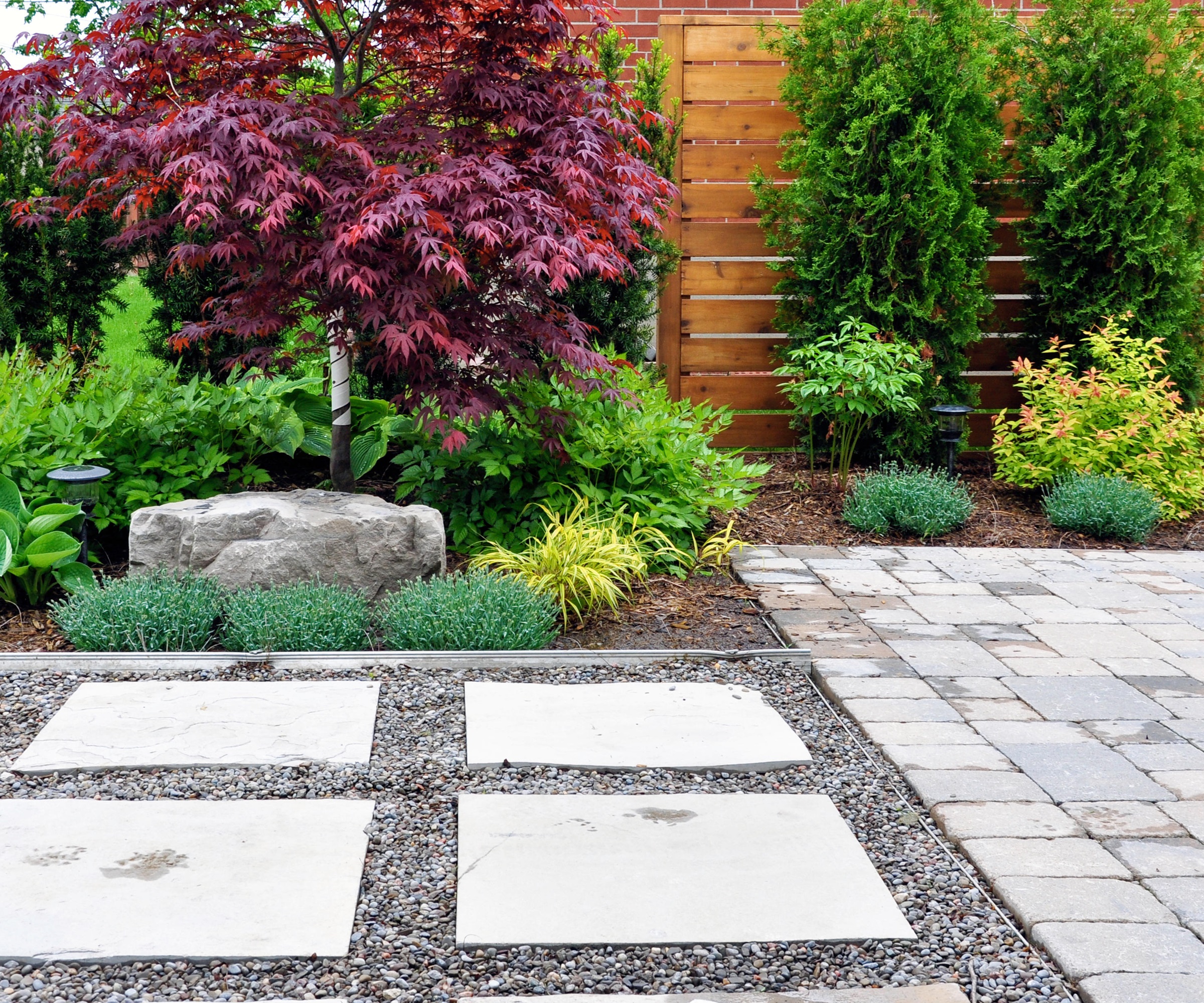
Deciding on where to start sprucing up a garden can prove tricky, after all, time and budget are often in short supply. Landscape designer Elliot Rose explains, 'I often see the biggest issue is hodgepodge spaces that have been pieced together with various homeowners through the years. For these spaces I think it’s important to focus on areas of most impact and outline what are the biggest issues.'
Large areas of paving are regular offenders, particularly if they have been planned and laid some time ago. Usually consisting of tired and tatty concrete slabs, uneven stone or highly decorative pavers they can simply look out of place in a modern setting. Details such as fussy or ornate edging, contrasting borders or central motifs, think concentric circles and compass points, can immediately date a design but fortunately there are some clever ways to update paved areas.
'First, identify if some hardscapes are worth keeping or if it would be easier to remove and start with something new,' Elliot continues. 'Often you can repurpose aspects of an existing garden. For example, you could mortar new stone onto old concrete, if it’s structurally in good shape, to create a beautiful new patio.'
Another design trick is to lift some slabs and infill the gaps with either a contrasting material, such as gravel or compressed stone, ground hugging plants or a combination of the two. Not only will this soften the overall look of the area, but it will increase the biodiversity and pollinator appeal of your yard plus improve drainage and storm water runoff. For the most effective results take up random sections of paving or irregular pockets rather than awkward straight lines or alternating squares. Patios with staggered or broken edges are currently very popular and a very effective way of merging plant filled borders with hard landscaping.
Growing up in Marin County, Elliot worked alongside his father who owned a construction business that operated throughout the Bay Area. Following his college studies in landscape design and horticulture, he went on to open a commercial aquaponics farm in Half Moon Bay, which eventually led to his career in landscaping. At a local high-end design and build firm, Elliot served as a construction foreman and assistant designer until he opened Wildwood Landscapes. Elliot continues to bring his passion for design and strong technical construction background to every project, leading clients from the initial site-visits to the polished installation.
5. Boost a lawn with wild meadow flowers
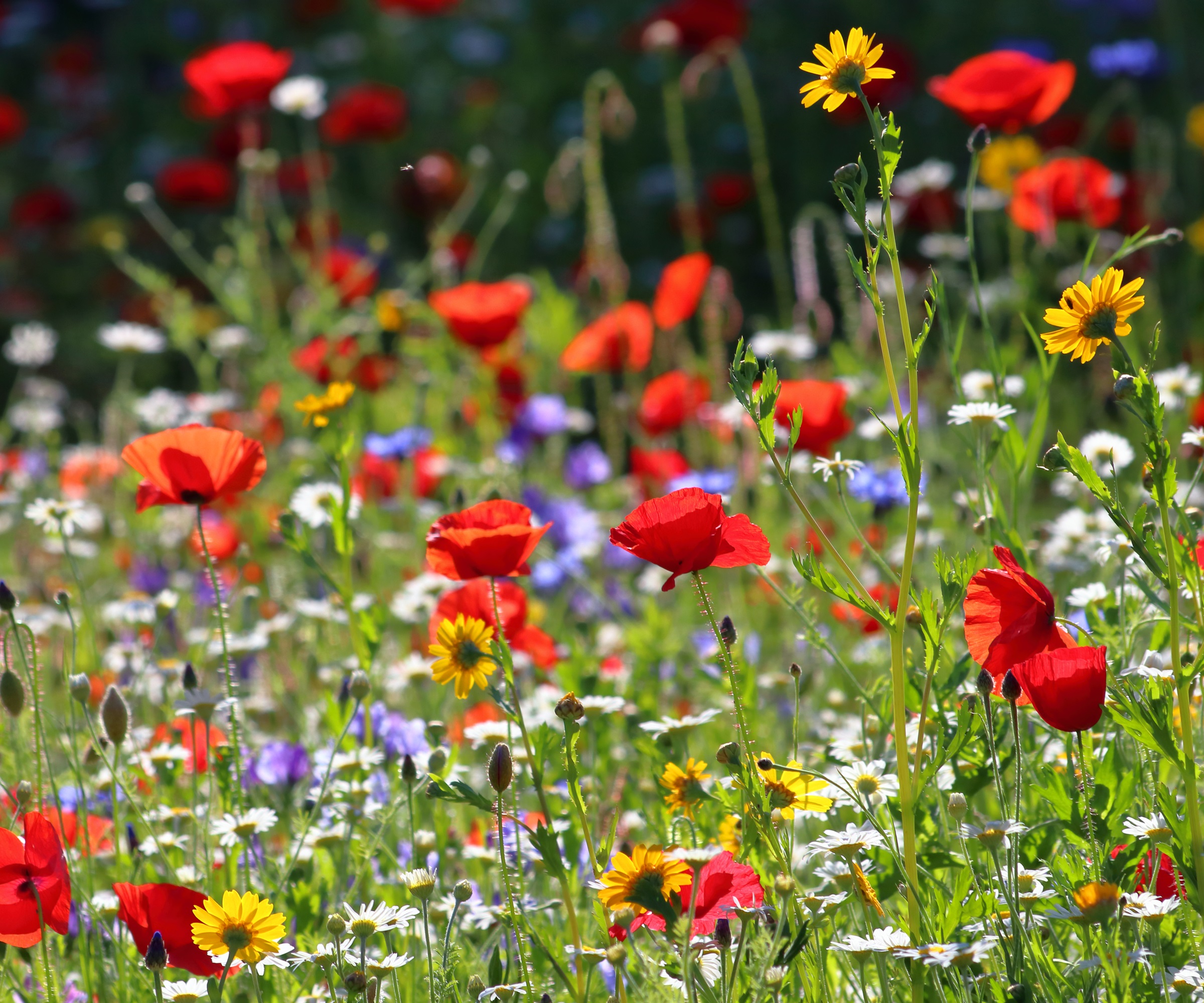
A picture-perfect lawn takes a good deal of work. Establishing a lawn care routine including mowing, watering and feeding the grass demands time and, often, investment in equipment and irrigation systems to keep it going. Consequently, it’s not a viable option for everyone, but don’t despair if your lawn is less than lovely, there are plenty of ways to give it a boost.
'Switch out unused areas of turf lawn for a more sustainable alternative,' says master gardener, Kendall Frost. 'You can replace some - or all - of your front yard or back yard with wildflowers. If you want the look and feel of a wildflower meadow, but want more of a 'tame' neat and tidy appearance, choose flowers such as the Wild Lawn seed mixes from American Meadows.
'These stay shorter, but also bloom and are easy to maintain once planted. Choose alternative lawn mixes which are not too tall, and the flowers have neat, upright habits for less flopping. Grow a mix for ongoing color: annuals bloom in year one, perennials bloom in year two and come back every year.'
With a lifelong love for the natural world and passion for design, Kendall has a background that combines sustainable architecture, advocating for local food systems, and all things gardening. She now focuses on creating educational and inspiring content for gardeners across the country. She is a Master Gardener Vermont (zone 5), where she experiments with perennial pollinator-friendly gardens in all corners of her yard.
6. Design in new pathways
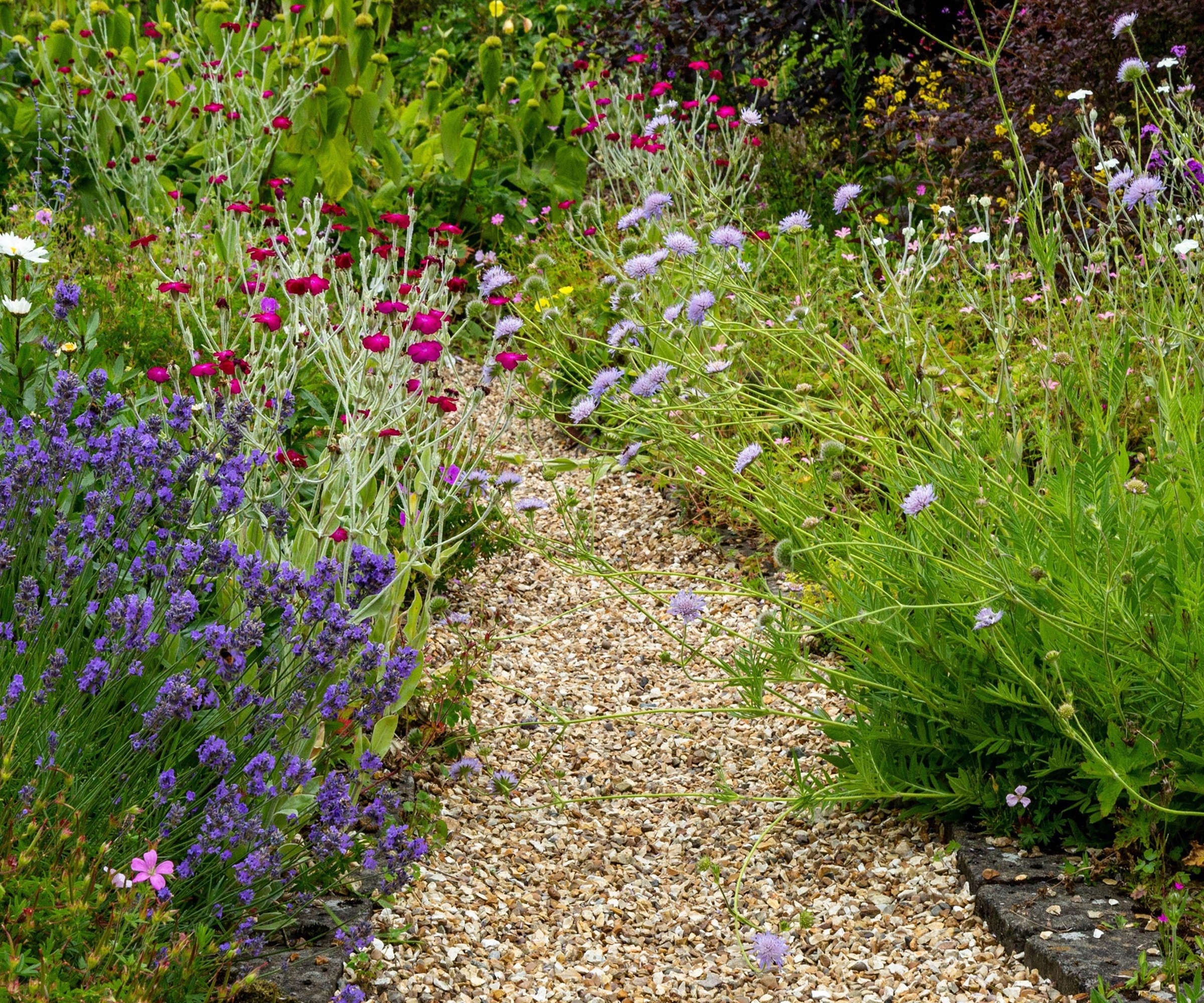
Enjoying your backyard from a fresh angle or viewpoint can instantly transform how you feel about your space. A simple way to this is to create a new path. It doesn’t have to be an elaborate affair, with deep footings and intricate paving, a simple layer of log slices or bark chippings weaving in and out of shrubs and trees can be enough to engage the senses and entice visitors to explore. It’s also the perfect opportunity to showcase specimen trees, favorite features such as water bowls or a statement planter or even a secluded seating nook.
Take a close look at your plot’s current layout, drawing out an aerial plan to scale if easier, and work out where you can deviate from the existing walkways to take in new, alternative views and features. Snaking, informal routes immediately create intrigue and a sense of mystery, and they don’t have to take up much space either, as the narrower the path, the higher the anticipation. Just add in a small clearing for a bench or log seat along the way, surrounded by irresistibly tactile or highly fragrant blooms to complete the experience.
The choice of ground cover materials can change the character of the new path. While bark chippings have undeniable woodland charm, crushed shells can conjure up coastal, hot Californian vibes. A series of chunky timber sleepers spaced evenly and interplanted with clumps of moss and finely cut ferns are the perfect complement for a wild forest or streamside setting but surround them with shale or slate chippings they take on a more rugged, mountaintop feel.
'I often recommend the use of decomposed granite or gravel to create new pathways or patios as these materials are affordable and look great,' says Landscape designer Elliot Rose.
One great bonus of creating pathways with these aggregates is that they can be as long lasting or transient as you need. From laying them on a carefully compacted surface of crushed stone that is then covered with a weed membrane, edged and topped with decorative aggregate to simply adding aggregate as a thick top layer on to flattened ground, they will instantly add character and a new dimension to your plot. For more inspiration, why not check out further landscaping with gravel ideas.
7. Hide an eyesore with a living screen
Many backyards are dominated by a less-than-lovely view, take steps to soften or conceal it all together, and you can completely transform the look and feel of your space. While there are plenty of decorative screening options available – from laser cut steel panels, painted timber battens to stone and tile cladding – plants have the advantage of providing cover, sensory appeal and improving the biodiversity of the plot too.
Landscaping with hedging is one obvious solution for disguising smaller features, and there are plenty of planting options from dense, evergreen yew, red tinted photinia and glossy cherry laurel.
Choose whether to clip into crisp, formal shapes or to let grow naturally to form a looser, fluffy profile. Mixed native plants will provide plenty of seasonal interest and benefit local birds, pollinators and wildlife while architectural plants such as prickly pear cactus or agave can form a dramatic sculptural barrier.
Keen to get started on reshaping your backyard? Then check out these sustainable garden landscaping ideas and discover the landscaping mistakes to avoid.
Sign up to the Homes & Gardens newsletter
Design expertise in your inbox – from inspiring decorating ideas and beautiful celebrity homes to practical gardening advice and shopping round-ups.

Journalist Jill Morgan has spent over 20 years writing and editing gardening, interior and property features. Titles she has worked on include The English Home, House Beautiful, Ideal Home, Houzz and Modern Gardens and she writes regularly for H&G as a Contributing Editor. Whilst she is a dab hand at renovation projects and DIY, she is happiest when out digging in the garden or planning a new border.
-
 Kris Jenner's favorite air fryer, the Ninja Crispi, is the perfect small kitchen solution – it deserves a place on the most compact of countertops
Kris Jenner's favorite air fryer, the Ninja Crispi, is the perfect small kitchen solution – it deserves a place on the most compact of countertopsKris approves of this compact yet powerful air fryer, and so do our own kitchen appliance experts, praising it for its multifunctionality
By Hannah Ziegler Published
-
 Ina Garten's storage pantry is an insightful window into all of the best cookware used by the chef – and it's easy to recreate on your kitchen shelves from $48
Ina Garten's storage pantry is an insightful window into all of the best cookware used by the chef – and it's easy to recreate on your kitchen shelves from $48The beautiful dishware in The Barefoot Contessa's Hamptons pantry showcases the tools she uses most often to cook – this is exactly how you replicate it
By Sophie Edwards Published